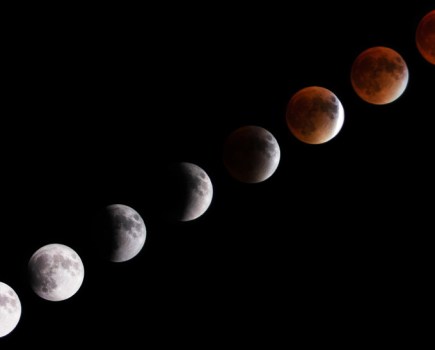Create eye-catching images, get to grips with the rule of thirds and understand perspective with our ten essential photo composition tips

1. Get in close
Most snap shooters take photos from too far away, so the subject is virtually a dot in the frame surrounded by a sea of irrelevant background. Move in close to your subject, or use your zoom lens. Only include background that adds to your picture.
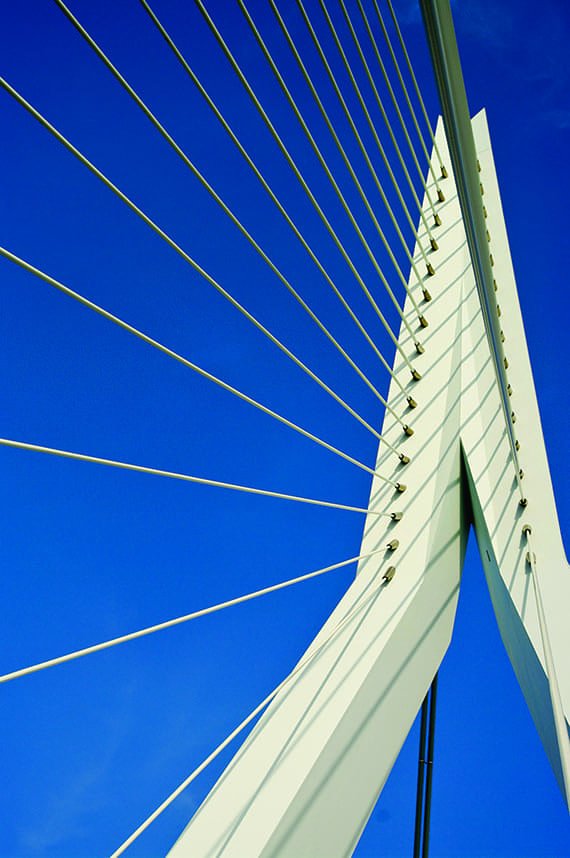
2. Create geometric configurations
Images that include strong lines or shapes can make bold, graphic compositions. Whether it’s the lines of a building, a wall or fence in a landscape, or even the lines of a model’s legs in a fashion shot, lines can often be accentuated using a wideangle lens.
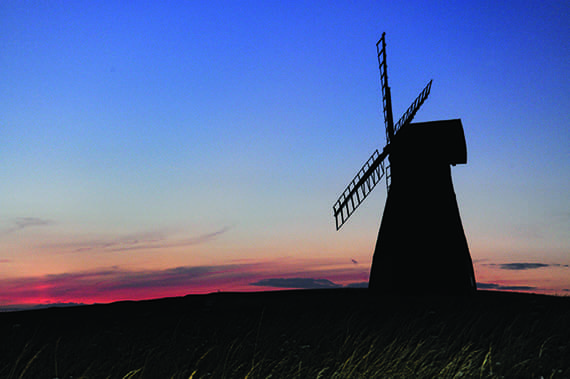
3. Use the Rule of Thirds
A common error among novices is to always place the main point of interest in the centre of the frame. Though this sometimes works, it’s often better to use the rule of thirds, as used by artists for centuries, as a compositional guide. Using this method key elements in the scene are positioned on imaginary vertical and horizontal lines one third of the way in from each edge, like a noughts and crosses grid. So in a landscape a lone tree may be one third of the way in from the right, and the horizon placed one third of the way up from the bottom.

4. Seek out complementary colours
Colour is an important element in photography. Be aware of colours that complement each other and ones that clash. Sometimes just a dash of a contrasting colour, such as a yellow lilo on a turquoise sea, can create all the impact you need.
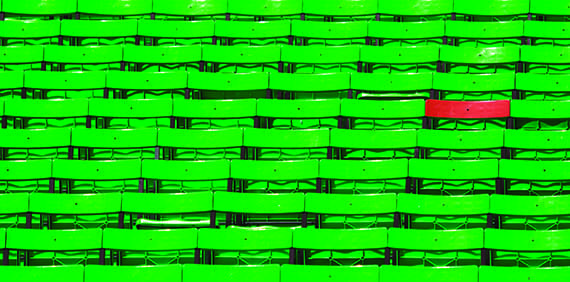
5. Create single colour images
Monochrome means ‘single colour’, but not necessarily black and white. Sometimes an image that’s comprised virtually entirely of a single colour can work extremely well. Even better is when you show a series of monochromatic colour shots, all composed of different colours, together as a set. You could look out for these opportunities and save them until you have a collection of them.
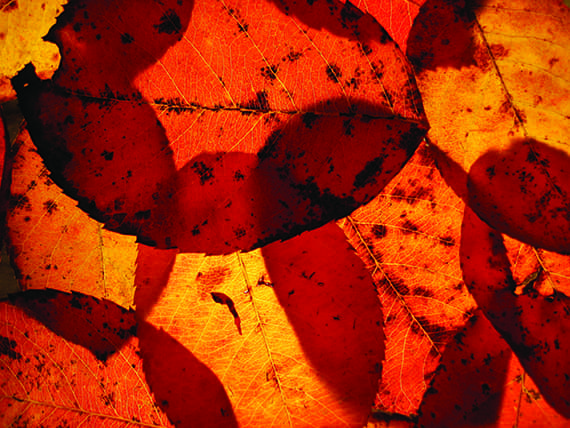
6. Shoot abstracts and details
Ambiguous images can be an intriguing hook to draw a viewer’s attention, so look for opportunities to shoot abstracts. De-construct your subject into a collection of shapes, lines and colours and see what you can find. Look for small details that draw your eye.
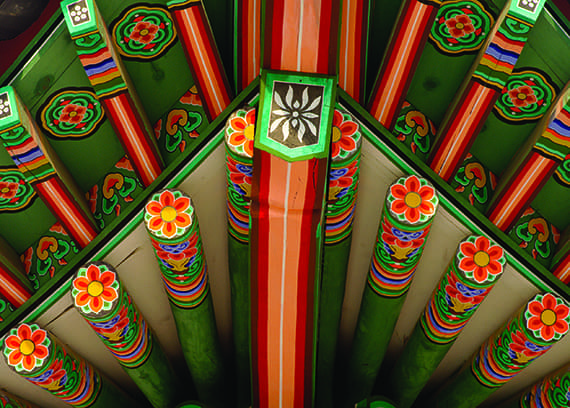
7. Look for symmetry
Sometimes a symmetrical composition can be very powerful. It can work well if there is natural symmetry in the scene, perhaps because of a reflection, but can also make for very powerful portraits. It works great with architectural photographs too.

8. Play with reflections
Reflections provide great photographic subject matter. Whether it’s a mountain reflected in a lake, a neon sign reflected in a puddle, or one building reflected in the window of another, there are endless picture opportunities if you look closely. With glass you may need to move your position to find the right shot, and with water-based reflections beware of long exposures on windy days, or your reflection may record as a blur.

9. Shoot from high or low angles
Most shots are taken from head height, so it’s refreshing to see pictures taken either from low angles looking up, or high angles looking down. A camera with a tilt and swivel LCD screen makes this type of shot easier. If you have a monopod or tripod try setting the self-timer and then raising the camera above your head by the tripod’s leg. The precise composition can be a bit hit and miss if you have a fixed screen but trial and error will pay off.
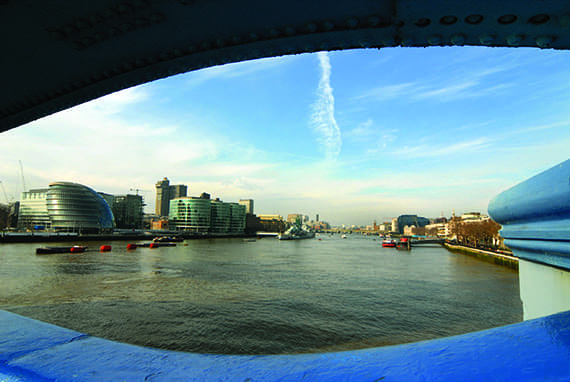
10. Use natural frames
One popular compositional trick is to shoot through a natural frame in the scene. This could be the overhanging branches of a tree or perhaps an arch or doorway. You don’t find these opportunities all the time but when you do, try using them to your advantage.





